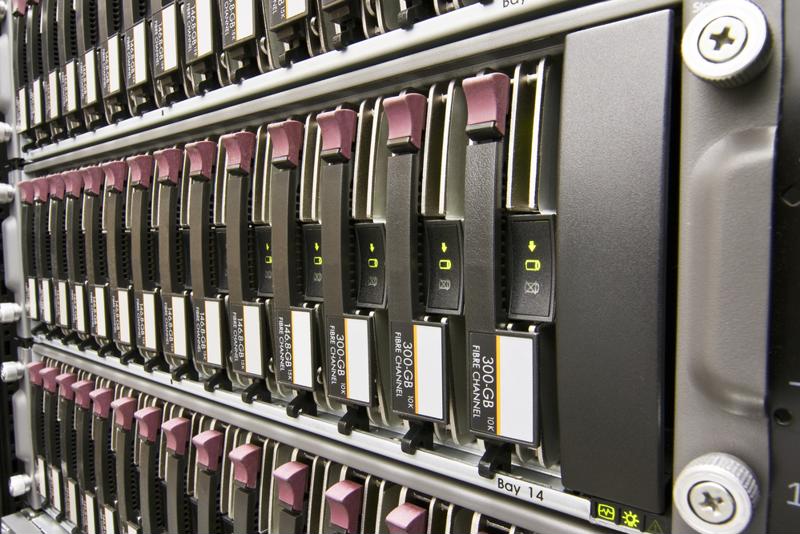Having an effective disaster recovery plan is a crucial aspect of any business strategy. PC Magazine reported that despite the clear importance of having a good DR plan in place for every level of your business for when the unthinkable happens, an estimated 60 percent of companies that experience data loss will shut their doors within six months, according to the National Archives and Records Administration. Not only that, but 93 percent of companies that lose a data center for more than ten days following a natural or other kind of disaster filed for bankruptcy within one year.
It is clear that when it comes to ensuring business continuity and making the most out of an emergency situation, the plan you have in place can make or break your organization.
There are different kinds of DR plans. In this part 1 of 2, let's take a look at a couple strategies that involve cold and warm sites and see how they can be used in certain events or situations:
1. Cold DR sites
A cold DR server or data center is one that exists to serve as backup infrastructure in the event that the main server is compromised. This kind of backup is useful in situations where the first site were to become completely unviable, as in the case of weather emergencies like fires or hurricanes. When you invest in a cold site, you basically set up a completely new data center, complete with ventilation units, cooling equipment and dedicated servers – but, according to BizTech Magazine's Mike Chapple, everything is dark until it's needed.
These kinds of strategies tend to be less expensive than the others, because companies do not have to maintain heating or electricity costs that fully functioning equipment would incur. The downside to cold sites, however, is that the recovery time objective is often longer, because the equipment has to be booted, applications have to be installed and data has to be loaded from backup tapes.
"It should be no surprise that the recovery time for cold sites is measured in days or weeks rather than in hours," Chapple noted.
"Warm sites can reduce RTO following a disaster."
2. Warm DR sites
Warm disaster recovery backup sites, on the other hand, represent a step up from the cold DR servers as far as RTO is concerned. With a little bit more expense, companies can invest in an off-premises solution that functions similarly to a cold site, except for the fact that the servers boot up every once in a while to do updates based on the replicated equipment – meaning the applications or software required upon disaster recovery would already be loaded onto these servers. Company data is often also stored at a warm site.
This can take RTO down from days or weeks to mere hours or minutes following a disaster. While it is more expensive, for some companies, the risk of having their operations down for days or weeks while a cold site boots up is not feasible. Warm sites, therefore, offer a reduced time frame and better support business continuity practices. However, according to Data Center Knowledge, it takes longer for companies to boot up warm sites than hot ones.

In Part 2, we will explore hot DR sites and see how to bring all of this information together into a cohesive DR strategy that will positively impact your company. For more information about DR plans and how to implement them, contact ISG Technology today.
